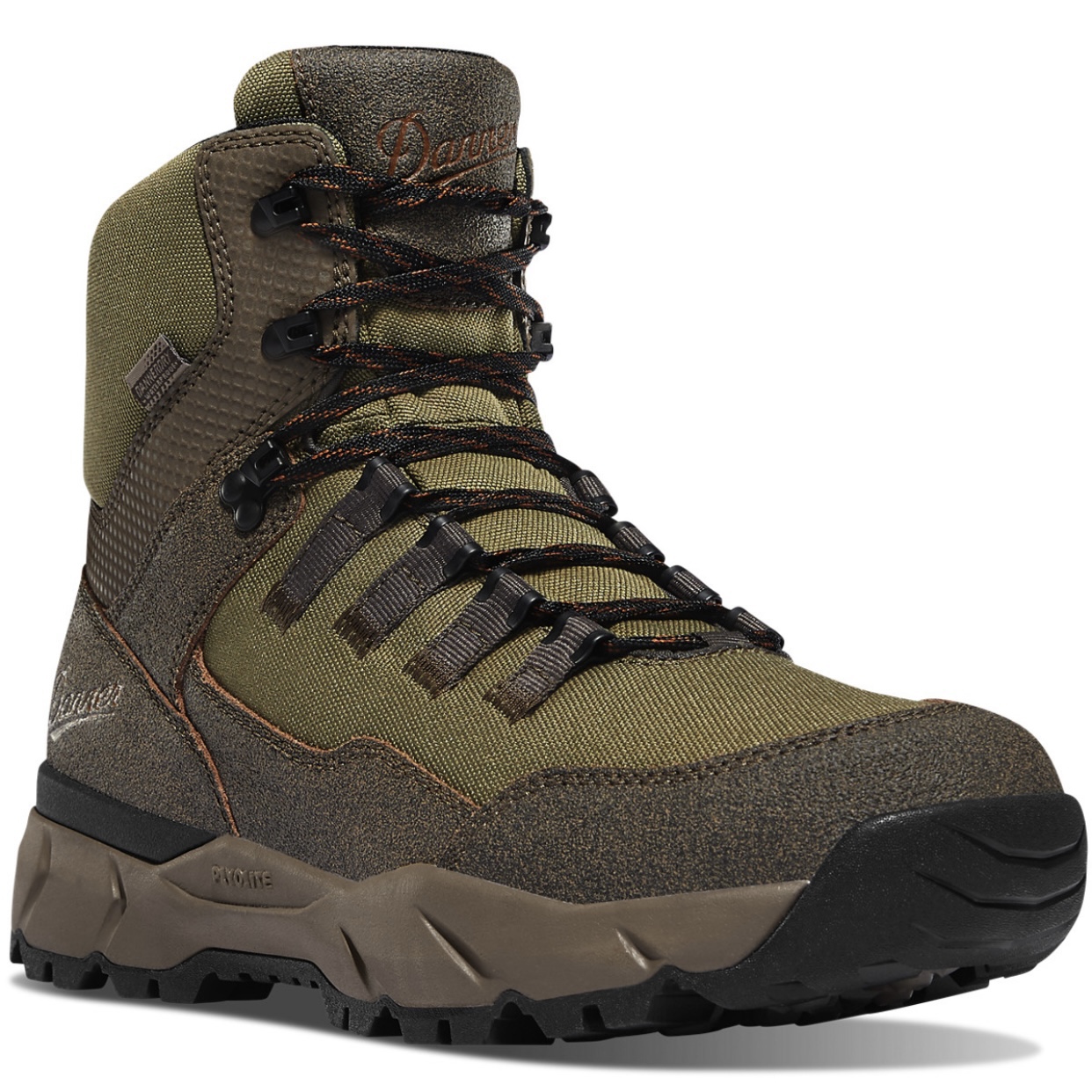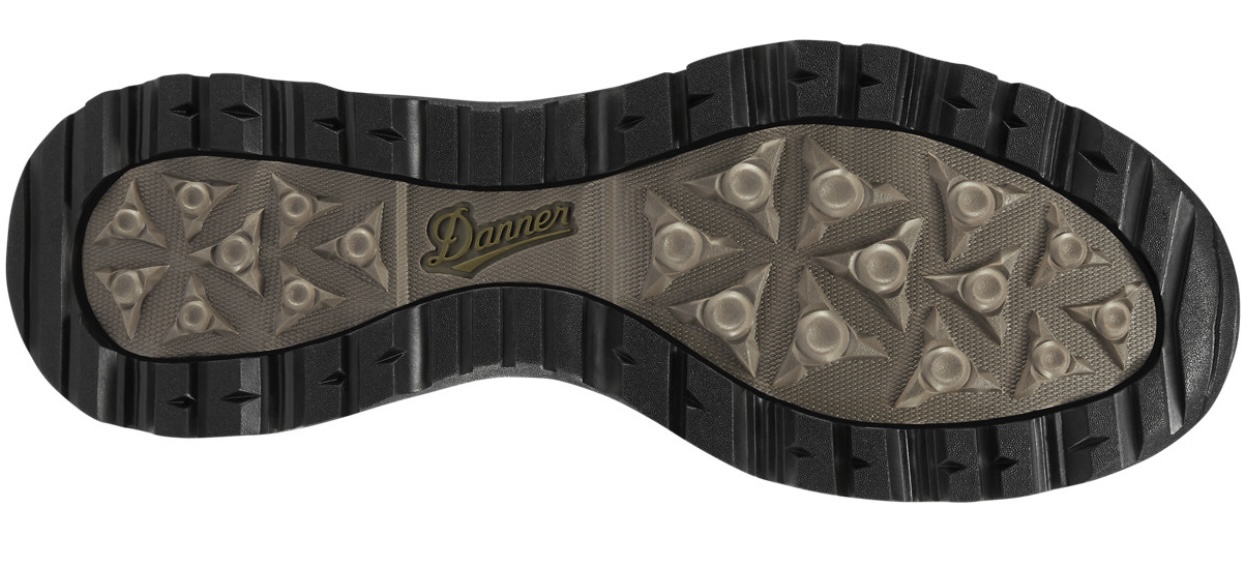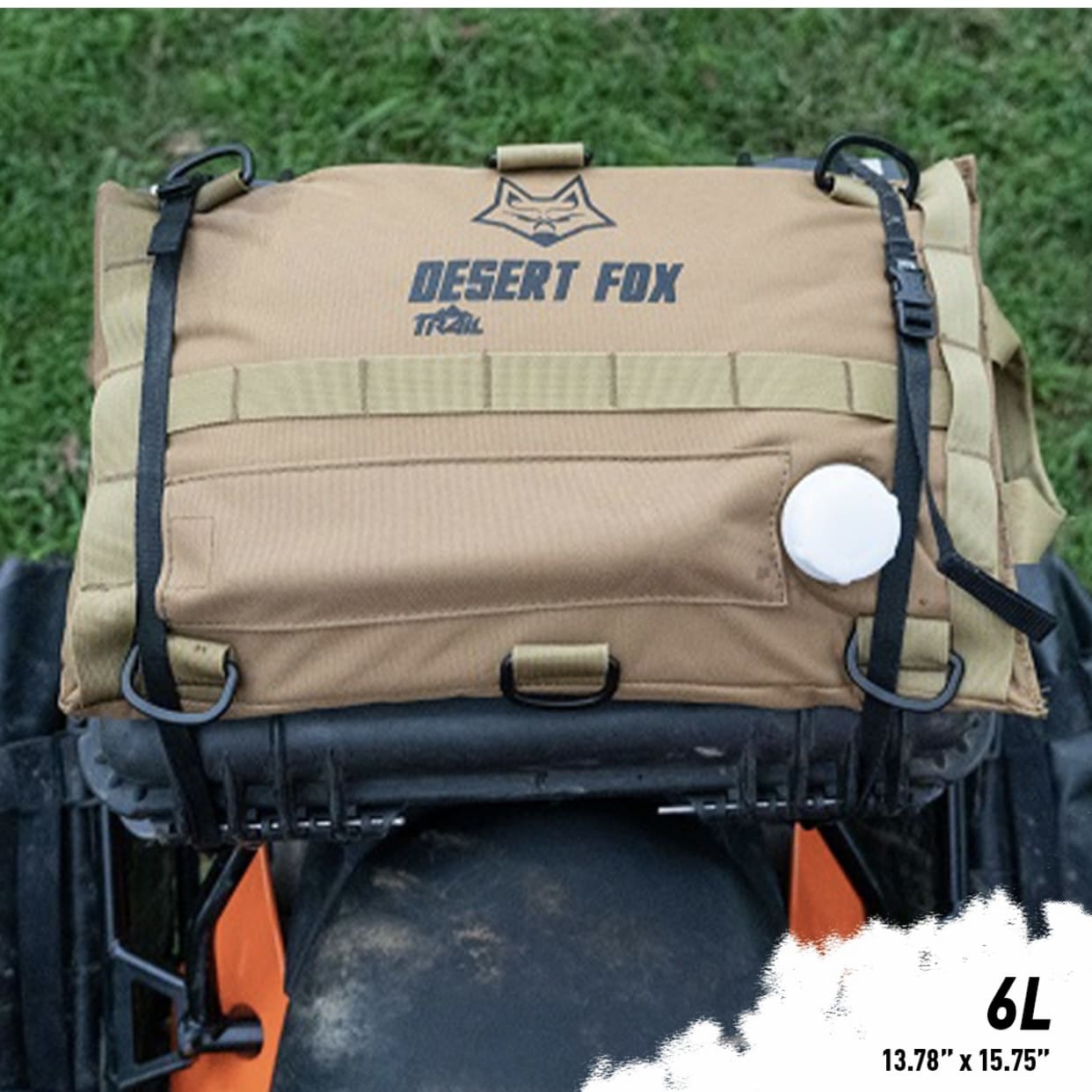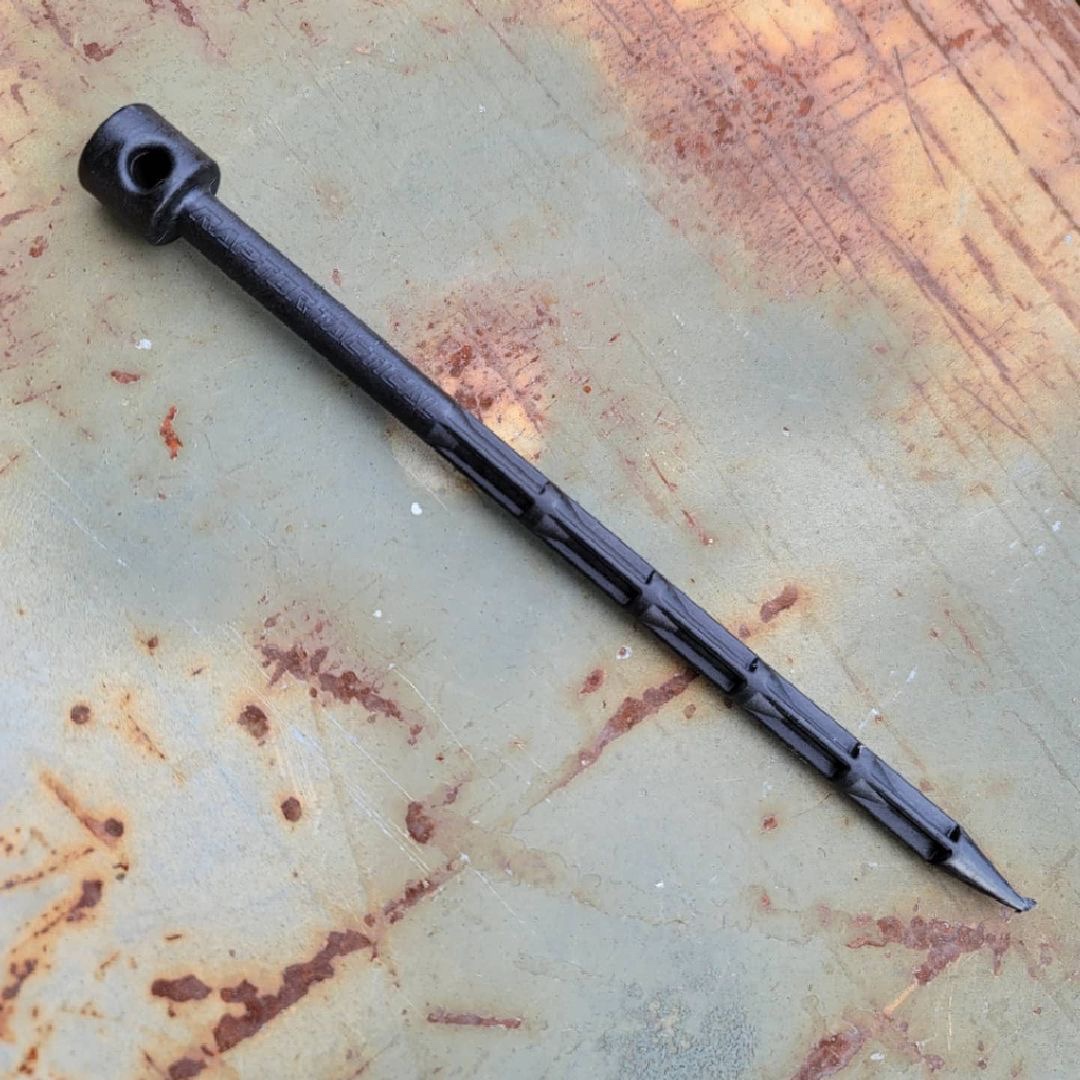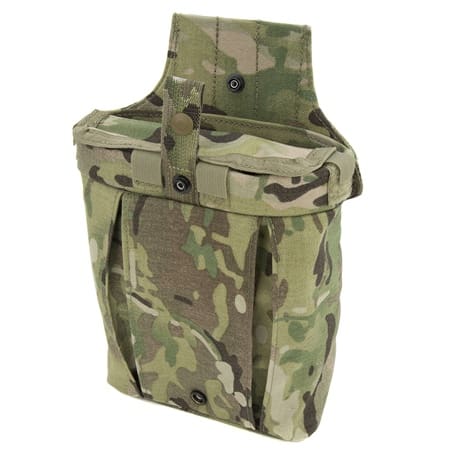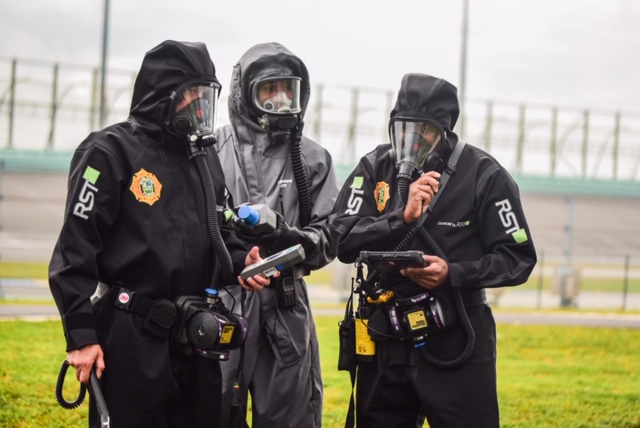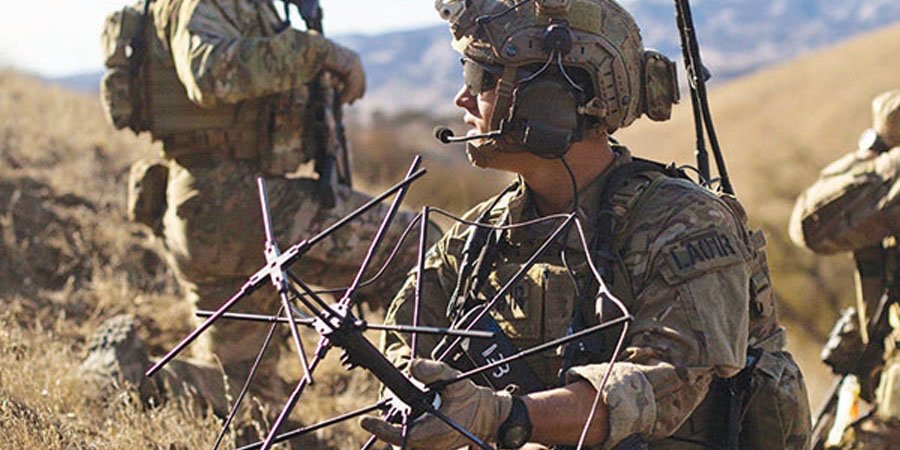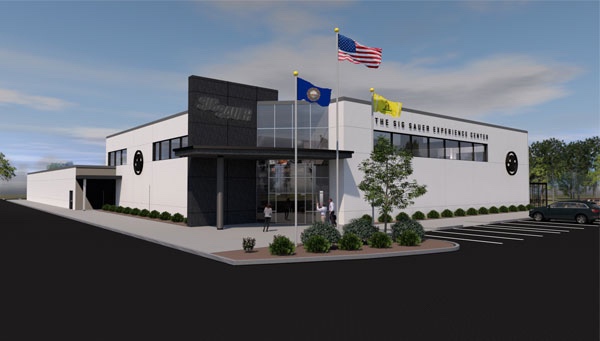Officer Safety and Wellness Workout Week sponsored by 5.11Irvine, CA (May 6, 2021) –
5.11, Inc., the global innovator of purpose-built apparel, footwear and gear, announced today that it is partnering with the
National Law Enforcement Officers Memorial Fund to help support National Police Week. As part of the partnership, the brand will sponsor Officer Safety and Wellness Workout Week, taking place May 9-14, as well as participate in the annual
NLEOMF Virtual Candlelight Vigil scheduled for Thursday, May 13.
National Police Week is celebrated annually in May to offer programs to enhance and promote the health and safety of current law enforcement officers, as well as to host ceremonies to honor fallen officers.
“We are honored to be partnering with the National Law Enforcement Officer’s Memorial Fund for another year, and are grateful for all they do to support law enforcement and their families,” said 5.11 Chief Executive Officer, Francisco J. Morales. “We truly hope this year’s events will help make a meaningful and positive impact for officers and their loved ones across the country.”
As part of National Police Week, the Officer Safety and Wellness Workout Week will broadcast live “Wake Up, Workout Out, and Be Healthy” exercise sessions for officers every morning from Sunday, May 9 to Friday, May 14. The sessions can be viewed online on the National Law Enforcement Officers Memorial Fund Facebook page at 8am Eastern each morning
www.facebook.com/NLEOMF, and will be hosted by law enforcement agencies to showcase exercises aimed at improving both physical and mental health.
The National Law Enforcement Officers Memorial Fund Candlelight Vigil is held annually to memorialize officers who were killed in the line of duty, sacrificing all for their communities. The event will be streamed via live webcast on Thursday, May 13 at 8pm EST. To register for updates on the Candlelight Vigil and to light a virtual candle, please click here.
“The dedication and sacrifice of our nation’s police officers should not be taken for granted, and their health and well being must not be overlooked,” said National Law Enforcement Officers Memorial Fund CEO, Marcia Ferranto. “We are so thankful for brands and organizations like 5.11 that are willing to join us in showing law enforcement officers the support and gratitude they deserve.”
For more information on 5.11, please visit www.511Tactical.com. For the latest on 5.11’s activations, follow @511Tactical. For more information on National Law Enforcement Officer’s Memorial Fund, please visit www.NLEOMF.org. For the latest from the National Law Enforcement Officer’s Memorial Fund and National Law Enforcement Officer’s Museum, please follow them on YouTube, Facebook, and Twitter.
